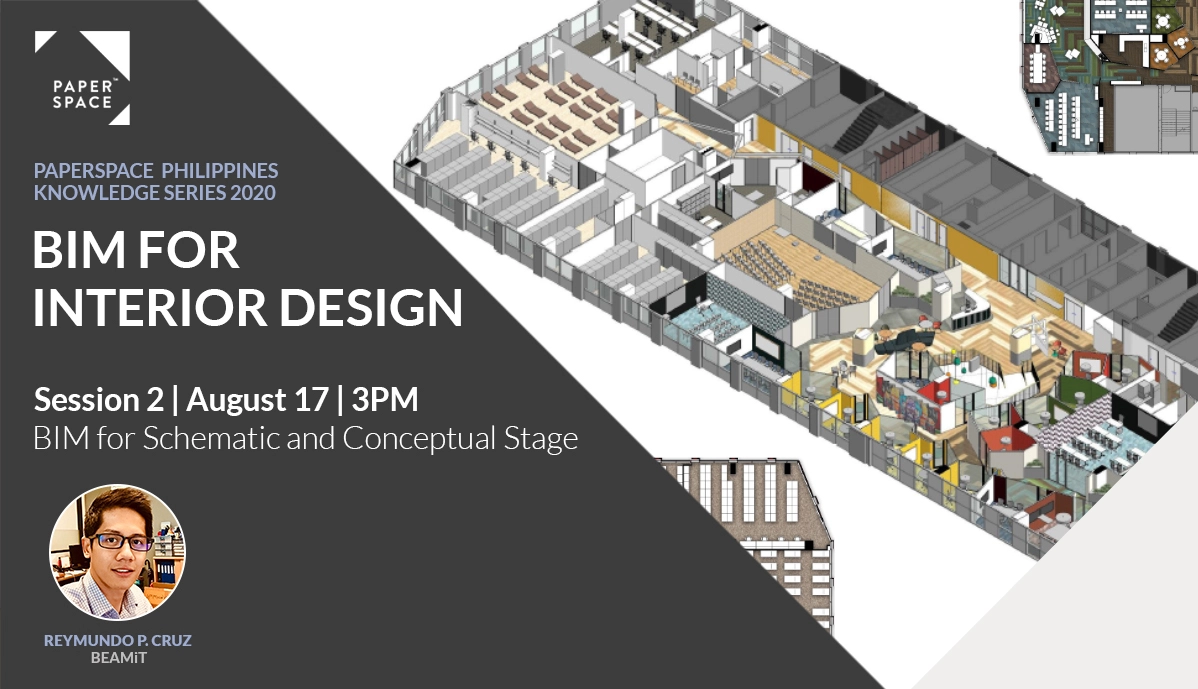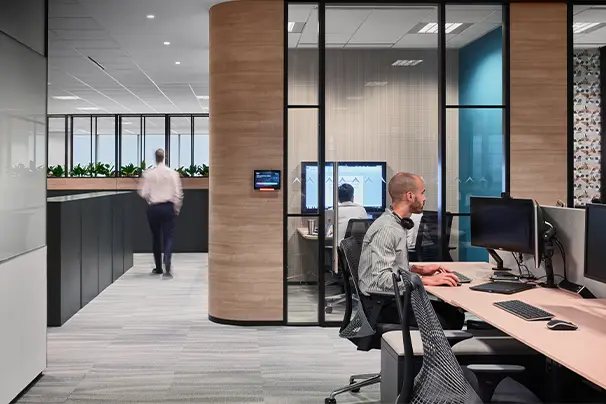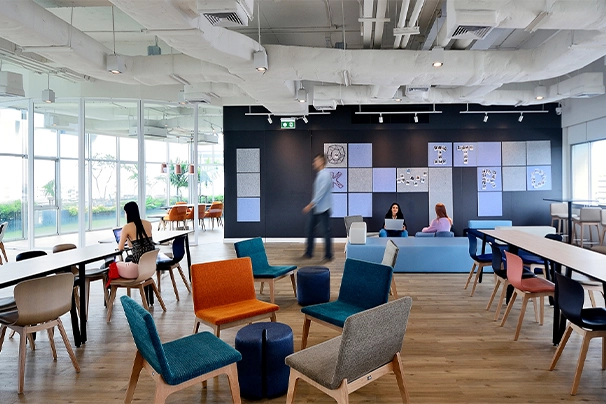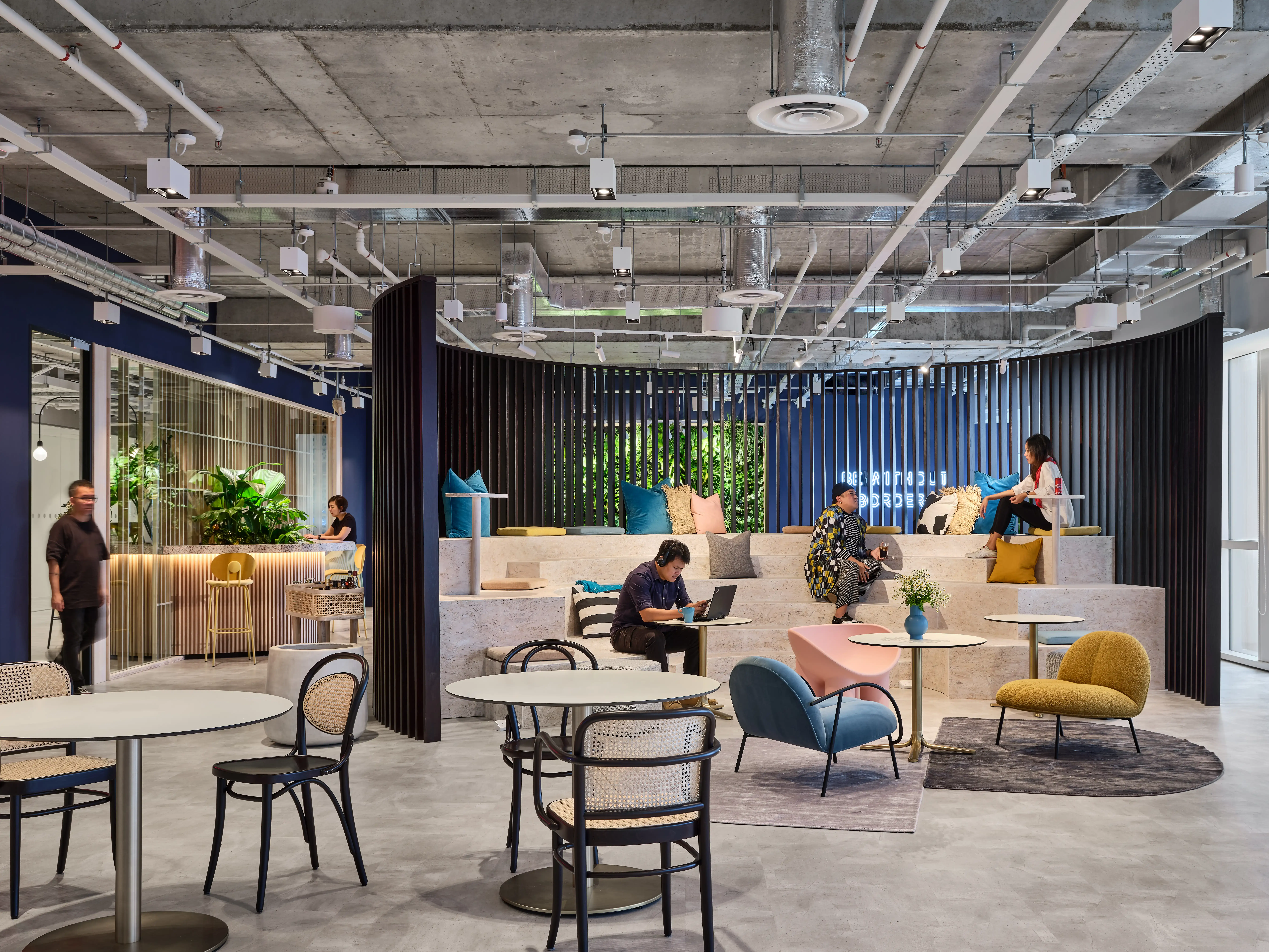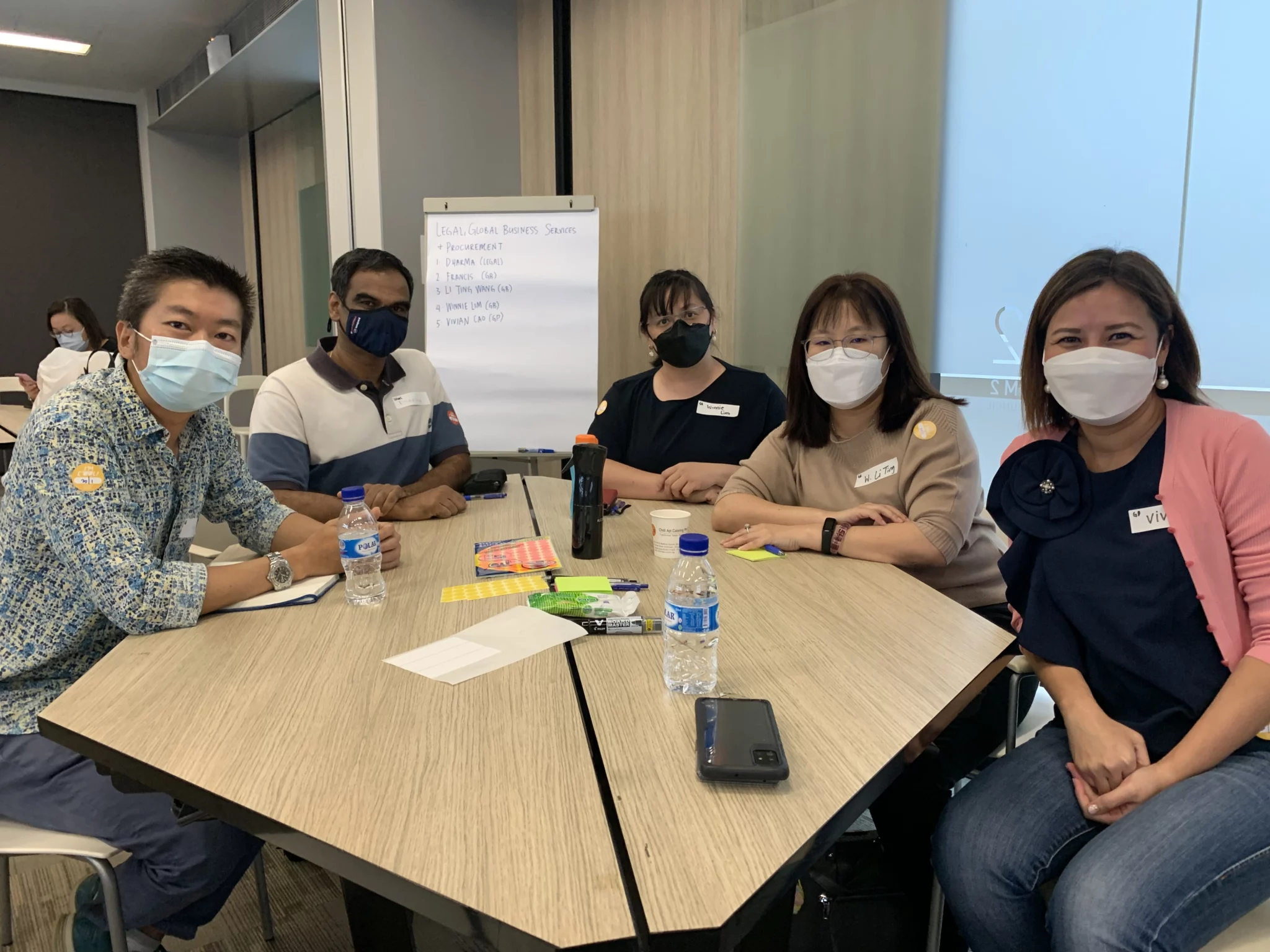Building Information Modeling for Schematic and Conceptual Stage
9 October 2020

Building Information Modeling
The second webinar session of the Paperspace Philippines Knowledge Series 2020 was held on August 17 at 3 PM. It was attended by architects, interior designers, and design enthusiasts in general. The Knowledge Series is part of Paperspace’s drive to provide clear and useful information on Building Information Modeling (BIM).
Just like the first session, the guest speaker was Mr. Reymundo P. Cruz from BEAMiT. He has 14 years of experience in the architecture, engineering, and construction (AEC) industry and has worked with various consultants and firms, contractors, and Building Information Modeling teams for project collaboration.
Rey, as he prefers to be called, is a Bachelor’s Degree Holder in Architecture. He has also developed systematic workflows, integration of standards and work scopes, and other BIM requirements. He has also provided training sessions and skill development programs to upskill contractors and subcontractors in utilising digital platforms.
The overarching theme discussed by Rey in this second webinar in partnership with Paperspace is Building Information Modeling for Schematic and Conceptual Stage exploring how BIM can deeply influence the quality of project delivery.

Conceptual Planning and Schematic Design
Planning smartly is important for conceptualizing project schematic designs. Building information modeling plays a crucial role here because it can augment your creativity and give you that modern and technological edge to meet 21st-century building and interior design demands.
Architects and designers need to note today’s competition is stiff. Landing a good job or a good project means not limiting yourself from ideas and technology. Just because you are already comfortable doing things traditionally, that does not mean you should stop there. You should learn to expand your horizons.

Studies and Analysis for Building Information Modeling
A salient point highlighted by Rey during the webinar was this: The difference between a good design and a great design is having good study and analysis when it comes to a project.
You must gather all the data needed to properly identify the scope of the work. Then, analyze the data and come up with your design, which should be backed up by more thoroughly analyzed information. BIM platforms, such as Revit, can be utilised for this purpose.
Rey advised special focus should be paid to matters such as organising data about the project site as well as daylight analysis. For example, you would want to know the side of the building is cooler or warmer through different times of the day. How then can you use this information to design an energy-saving and well-insulated structure?
Space programming, particularly room and area calculations, should be done properly as well. Clients will surely have space requirements so designers must have a strong grasp of space programming. This will help you provide the right type of space for equipment, furniture, and other necessities for the area to function efficiently.
Knowing what materials to use is also significant in the conceptual and planning stage. From selection to visual presentation, up to practical application – having a solid idea of the needed materials will definitely help a project go smoothly and keep the clients happy.
Rey then shared handy tips and advice on how to use BIM platforms to sort out the plans needed for high-quality design. Delving into the tools and programs available and how to maximise their use was super satisfying to see.

Workflows and Best Practices for BIM
Building information modelling plays a crucial role in organising workflows and systems, and this was discussed more thoroughly during the third section of the webinar.
By using the right BIM platform, you can streamline the processes and guidelines to follow. This will translate to improved working efficiency and better decision making. Rey then shared his simple workflow for the participants to use as a guide for their own projects. This really helps in better forecasting the direction of the design and building process.
Closing Off the Webinar with a Round of Q&A
After sharing highly informative demonstrations and valuable information, Rey then brought the webinar to a close by answering the participants’ questions that were submitted via live chat.
Lastly, the facilitator left this helpful advice for everyone to ponder on: Integration of BIM to different applications or platforms can greatly improve presentation and efficiency. If you broaden your perspective on what other innovations and technologies are out there, you will always be ahead of the game.
So never stop learning something new. With that said, do check out the full webinars at the Paperspace Asia website, their Youtube page, or Facebook account.
TAGS
join our newsletter
Subscribe to receive the latest updates and news on design,
workplace strategy and research into your inbox.

